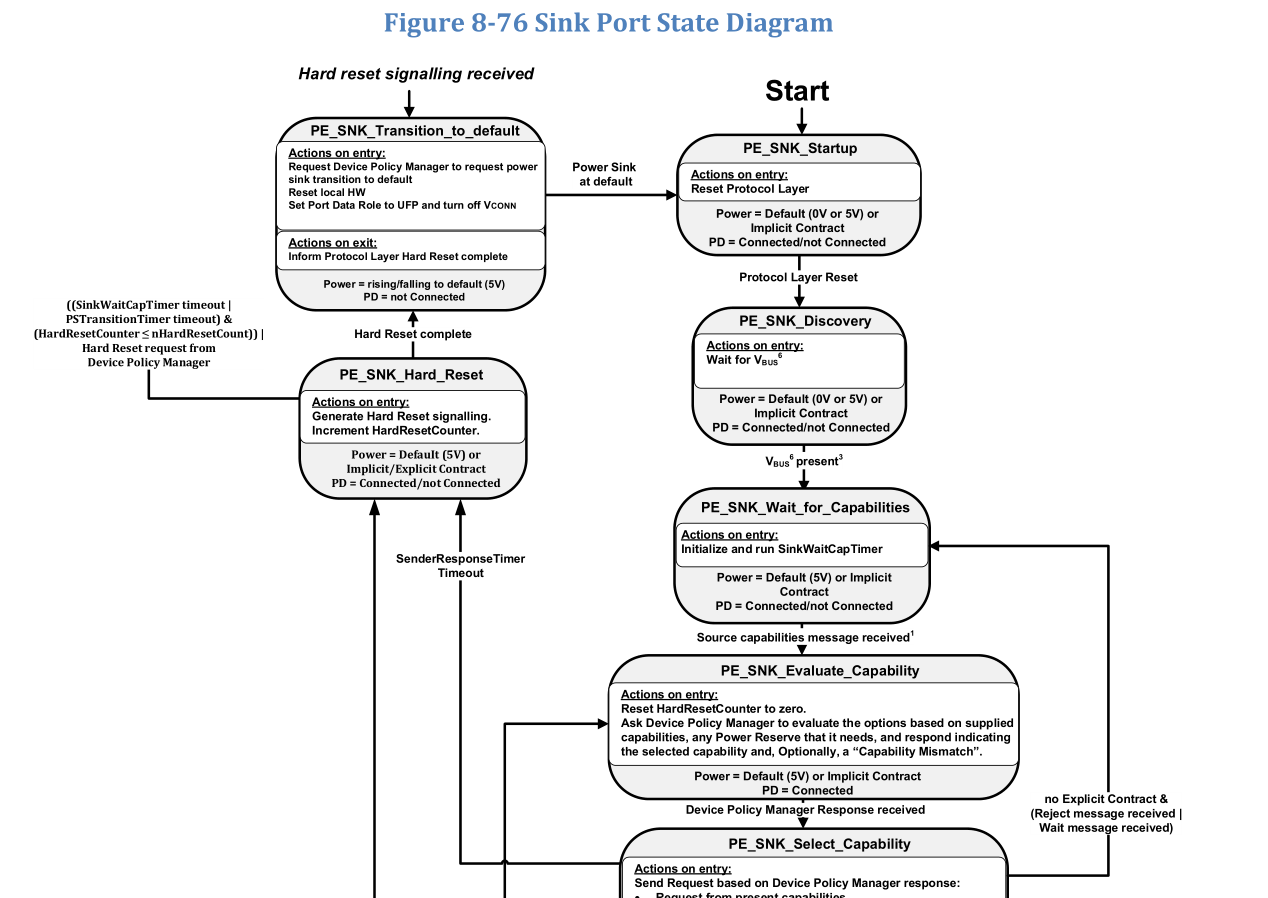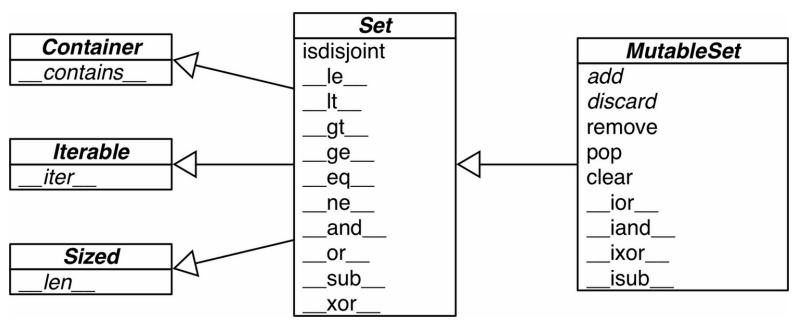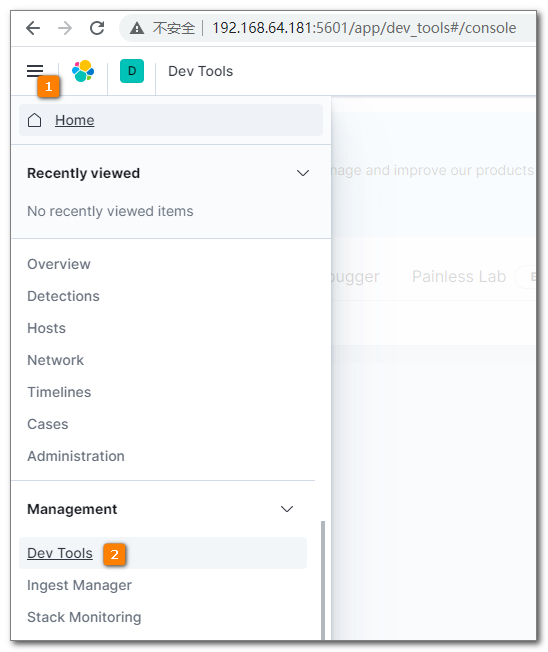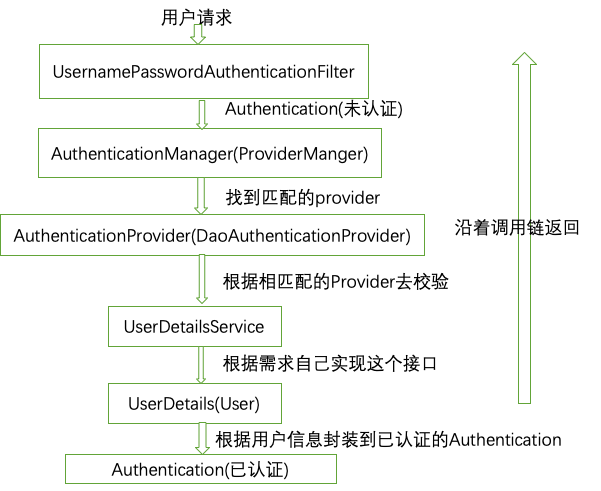SpringBoot+AOP+自定义注解,实现日志记录
一.定义自定义注解
import java.lang.annotation.*;/*** @author awen* 定义注解目的 想让他当作切点*/@Target({ElementType.METHOD})@Retention(RetentionPolicy.RUNTIME) //.java .class 字节码@Documentedpublic @interface Log {/*** 处理类型** @return {@link String}*/String handleType() default "";/*** 操作功能** @return {@link String}*/String cagn() default "";}
1.@Target 这个注解可以往什么上面加 这个就是可以往方法上面加
2.Retention 在哪个生命周期生效
生命周期: .java文件 .class文件 字节码文件(最常用 RUNTIME)
3.@Documented 的含义 @Document 是 java 在生成文档,显示注解
4.注意注解里面的定义
类型 +参数名字() 默认值 xx:
二.AOP切面类编写
1.导包
<dependency><groupId>org.springframework.boot</groupId><artifactId>spring-boot-starter-aop</artifactId></dependency>
2.切面类
import com.alibaba.fastjson.JSONObject;import com.example.demo2.service.CjzlMarkService;import com.example.demo2.utils.JsonResult;import com.example.demo2.utils.SpringFactoryUtils;import org.aspectj.lang.JoinPoint;import org.aspectj.lang.Signature;import org.aspectj.lang.annotation.*;import org.aspectj.lang.reflect.MethodSignature;import org.springframework.context.annotation.DependsOn;import org.springframework.stereotype.Component;import java.util.Map;/*** 操作记录切点** @author awen* @date 2022/12/03*/@Aspect //让springboot 知道我是切点@Component //让springboot 识别到@DependsOn("springFactoryUtils")public class CzjlMark {private static Map<String,CjzlMarkService> beanMap = SpringFactoryUtils.getBeanMap(CjzlMarkService.class);/*** 日志切点*///1.定义切点 往哪里切 通过注解来去切@Pointcut("@annotation(com.example.demo2.annotation.Log)")//这个方法就和形参一样 他不会执行他就是代表着我们真实切入的那些方法public void logPointCut(){System.out.println(1);};//2.实现切点 ,切点前执行,和方法一起执行,方法执行完之后执行//在切点前执行@Before("logPointCut()&&@annotation(log)") //参数是切点 和 切点对象public void beforePointCut(JoinPoint joinPoint,Log log){Object[] args = joinPoint.getArgs();CjzlMarkService cjzlMarkService = beanMap.get(log.handleType());cjzlMarkService.before(args,log);}//切点执行完之后执行@AfterReturning(returning = "result",value = "logPointCut()") //返回值result拿到这个结果 看看返回成功了嘛public void afterPointCut(JoinPoint joinPoint,Object result){JSONObject jsonResult = (JSONObject) result;if(200==Integer.valueOf(jsonResult.get("code").toString())){Object[] args = joinPoint.getArgs();MethodSignature signature = (MethodSignature)joinPoint.getSignature();CjzlMarkService cjzlMarkService = beanMap.get(signature.getMethod().getAnnotation(Log.class).handleType());cjzlMarkService.after(args,signature);}}//和方法一起执行 很少用public void aroundPointCut(){}}
3.工具类SpringUtils 用于获取Spring管理的bean
import org.springframework.beans.BeansException;import org.springframework.context.ApplicationContext;import org.springframework.context.ApplicationContextAware;import org.springframework.stereotype.Component;import java.util.Map;@Componentpublic class SpringFactoryUtils implements ApplicationContextAware {//Spring中的核心接口和容器,允许容器通过应用程序上下文环境创建、获取、管理beanprivate static ApplicationContext applicationContext;@Overridepublic void setApplicationContext(ApplicationContext applicationContext) throws BeansException {SpringFactoryUtils.applicationContext = applicationContext;}/*** 获取applicationContext** @return*/public static ApplicationContext getApplicationContext() {return applicationContext;}/*** 通过name获取 Bean.** @param name* @return*/public static Object getBean(String name) {return getApplicationContext().getBean(name);}/*** 通过class获取Bean.** @param clazz* @param <T>* @return*/public static <T> T getBean(Class<T> clazz) {return getApplicationContext().getBean(clazz);}/*** 通过name,以及Clazz返回指定的Bean** @param name* @param clazz* @param <T>* @return*/public static <T> T getBean(String name, Class<T> clazz) {return getApplicationContext().getBean(name, clazz);}public static <T> Map<String, T> getBeanMap(Class<T> clazz) {return getApplicationContext().getBeansOfType(clazz);}}
4.返回类 JsonResult
import com.alibaba.fastjson.JSONObject;public class JsonResult {private JsonResult() {throw new IllegalStateException("Utility class");}public static JSONObject ok(String msg, Object data) {JSONObject jsonObject = new JSONObject();jsonObject.put("msg", msg);jsonObject.put("data", data);jsonObject.put("code", 200);return jsonObject;}public static JSONObject ok(String msg) {JSONObject jsonObject = new JSONObject();jsonObject.put("msg", msg);jsonObject.put("code", 200);return jsonObject;}public static JSONObject not0k(String msg) {JSONObject jsonObject = new JSONObject();jsonObject.put("msg", msg);jsonObject.put("code", 500);return jsonObject;}}
5.Service 前后执行什么
import com.example.demo2.annotation.Log;import lombok.extern.slf4j.Slf4j;import org.aspectj.lang.reflect.MethodSignature;import org.springframework.stereotype.Component;import org.springframework.stereotype.Service;@Component@Slf4jpublic abstract class CjzlMarkService {public void before(Object[] args, Log loga){log.info("handle:{},入参:{}",loga.handleType(),args);};public abstract void after(Object[] args, MethodSignature signature);}
6.实现类 我们可以写多个实现类 然后通过Componet里的value来区分 这个value 和 注解类 Log里面 的handleType是一致的
import com.example.demo2.annotation.Log;import com.example.demo2.service.CjzlMarkService;import lombok.extern.slf4j.Slf4j;import org.aspectj.lang.reflect.MethodSignature;import org.springframework.stereotype.Component;@Component("bmcx")@Slf4jpublic class bmcxCjzlService extends CjzlMarkService {@Overridepublic void after(Object[] args, MethodSignature signature) {log.info("handle:{},入参:{}",signature.getMethod().getAnnotation(Log.class).handleType(),args);}}
7.测试
@Log(handleType = "bmcx",cagn="部门查询")@GetMapping("getAll")public JSONObject getAll(){List<UserPo> userPos = userMapper.selectList(null);return JsonResult.ok("成功",userPos);}
8.执行顺序
@Before里面代码 方法里面代码 @AfterReturning里面的代码 @PointCut不会执行



































还没有评论,来说两句吧...